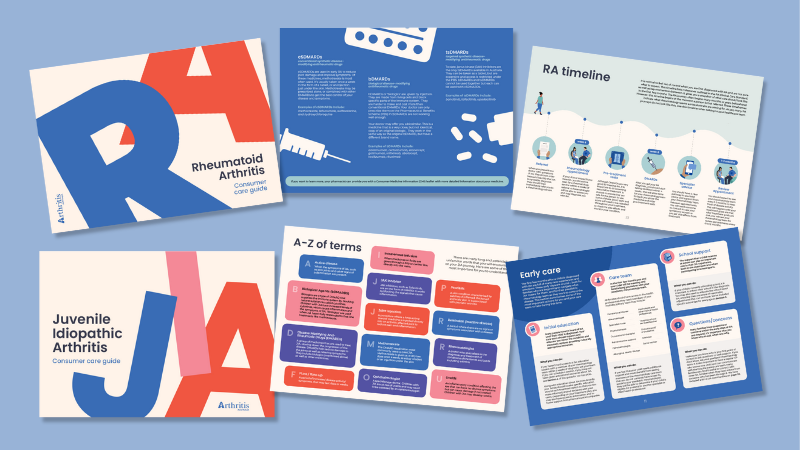About Arthritis
Arthritis is inflammation of one or more of the joints. Arthritis is one of the most common causes of disability in the U.S., as the disease can severely limit function and negatively impact quality of life.
The main symptoms are joint pain and stiffness, which typically worsen with age. There are over 100 different forms of arthritis. The most common form is osteoarthritis (or degenerative joint disease), which is caused when the cartilage between the bones wears down due to injury, infection or age. Most people with arthritis complain of joint pain, which may range from mild to severe and may be constant or intermittent with flare-ups.
There are a variety of treatments depending on the type a person has, including over-the-counter and prescription medications and physical therapy, among others. The main goals of treatment are to reduce symptoms and improve quality of life, as there is no cure. Treatment usually starts with medications that have the fewest side effects; if these are not effective, additional medications are typically added.
Causes of Arthritis
The cause depends upon which type a person has. The two most common types are osteoarthritis and rheumatoid arthritis (RA). Osteoarthritis causes cartilage — the tissue that covers the ends of bones at the joints — to break down due to age, injury or infection. RA is an autoimmune disorder in which the person’s immune system attacks the lining of the joints. The cause of RA is not known but it is believed to have a genetic component. Diseases, such as psoriasis or lupus, can cause other types of arthritis. There are a number of risk factors that increase your likelihood of developing arthritis, including advanced age; gender (women are more likely to get certain types of arthritis, while some types are more prevalent in men); previous injury to a joint; and obesity.





